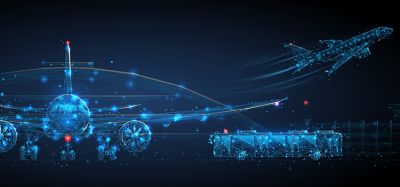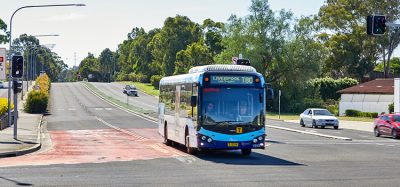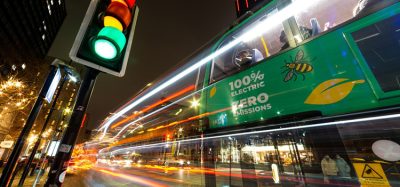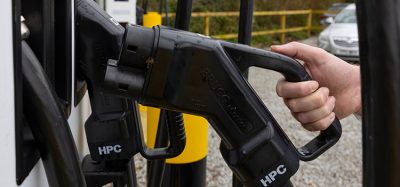Connecting urban mobility and passenger experience
- Like
- Digg
- Del
- Tumblr
- VKontakte
- Buffer
- Love This
- Odnoklassniki
- Meneame
- Blogger
- Amazon
- Yahoo Mail
- Gmail
- AOL
- Newsvine
- HackerNews
- Evernote
- MySpace
- Mail.ru
- Viadeo
- Line
- Comments
- Yummly
- SMS
- Viber
- Telegram
- Subscribe
- Skype
- Facebook Messenger
- Kakao
- LiveJournal
- Yammer
- Edgar
- Fintel
- Mix
- Instapaper
- Copy Link
Posted: 28 February 2020 | Jeremy Long - MTR Corporation | No comments yet
From being rated the best railway operator in the customer satisfaction-based Swedish Quality Index Survey four years in a row, to maintaining a 99.9 per cent on-time rate in Hong Kong, MTR Corporation’s Chief Executive Officer – European Business Jeremy Long, explains how innovation in digital technology has been central to enhancing both MTR’s customer experience and railway service worldwide.
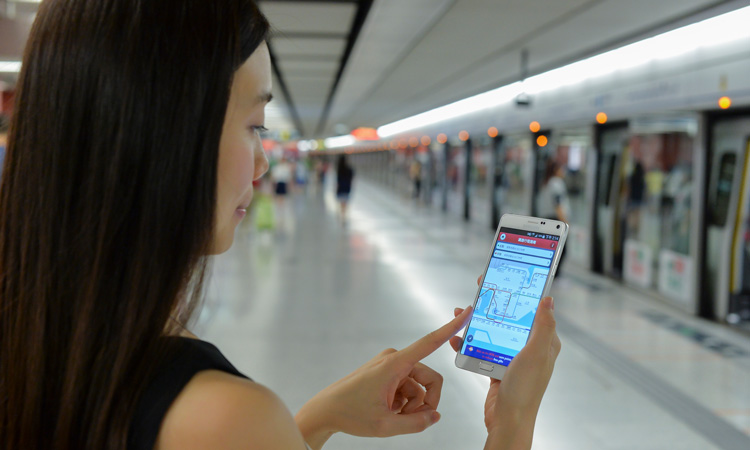

In an industry traditionally reliant on manpower and manual control, the efficiency of daily rail operations has been transformed by digital developments – and with it, a new era of smart mobility has been brought to cities around the world. Industry-wide, situations that have previously provided huge challenges, such as crowd control and information dissemination, have become manageable, making the 21st century a very exciting time to be in rail. MTR believes the true power of digital technology lies in its ability to revolutionise customer experience with personalised time and cost saving mechanisms.
The transformative role of digital technology has been felt throughout MTR’s operations, although it is particularly evident in Hong Kong, where artificial intelligence (AI), the Internet of Things (IoT) and video analytics technology have been combined to advance its customer offering. Several cost and time saving innovations have been rolled out across each stage of the passenger journey, including ticket suggestions and waiting time indicators. MTR has also branched out into mobile technology through its mobile app, and created a card that integrates travel with its broader property model by providing access to stations, shopping complexes and homes.
Passenger experience in Hong Kong
MTR’s disruptive technologies have particularly come to define customer experience in the Hong Kong market. These efforts were recognised when MTR was awarded the title of ‘Asian Pacific Digital Transformer of the Year’ in 2017 for initiatives such as all MTR stations and trains in Hong Kong offering free Wi-Fi hotspots and 3G/4G data connection. Since then, MTR has continued to invest in emerging technologies and opportunities in order to stay ahead of digital transformation in the region.
Historically, the focus of mass transit has been to move large numbers of people from A to B, but MTR is now striving to turn this model on its head.
Historically, the focus of mass transit has been to move large numbers of people from A to B, but MTR is now striving to turn this model on its head by delivering increasingly personalised journeys. Future customers demand personalisation and digitalised services connecting different aspects of their daily lives, with a growing emphasis on real-time and on-demand information throughout their journeys.
MTR’s mobile app covers everything from managing pre-journey planning with AI ticketing suggestions and traffic news, to post-journey personalised engagement and communication with its customers. This allows MTR to build travel seamlessly into passengers’ lives through initiatives such as MTR’s club membership scheme, which offers exclusive events and a bonus points system.
Digital innovations in customer experience
Innovation is at the heart of MTR’s ability to stay ahead of digital trends and passenger demands, meaning the business continues to use new technologies to roll out enhancements. Three technologies are combined in several key innovations across pre-, during and post-journey planning to ensure MTR’s innovations offer the most connected experience possible: AI, IoT and video analytics. Each innovation focuses on cost and time saving measures to improve the customer experience.
Pre-journey innovations include:
- AI-based fare-saving tools which provide customers with suggestions on the best fare‑saving tickets to minimise cost
- QR codes for ticketless travel for Airport Express, with the aim to trial them more widely throughout 2020
- A Waiting Time Indicator in use on two platforms at Admirality Station, a particularly busy interchange station served by three rail lines. This predicts waiting times in the next three hours using video analytics and object recognition to analyse real-time crowd levels at platforms, as well as historical passenger counts using AI.
In-journey innovations include:
- An AI and Natural Language Processing (NLP) driven virtual customer care assistant chatbot allowing customers to input their destination to get information of nearby MTR stations and exits
- An Airport Express Shuttle Bus Real-Time Schedule which predicts arrival time based on historical travel patterns and traffic conditions using AI. This technology also makes use of advanced encryption standard (AES) to keep sensitive customer data safe, and GPS navigation signals, bus ignition and odometer signals collected and uploaded automatically using IoT sensors installed on the fleet of buses.
Post-journey innovations include:
- An IoT and beacon-enabled Indoor Navigation Service which provides an interactive map that helps customers navigate the newly expanded Admirality metro station in Hong Kong, with the station chosen as the pilot for an indoor location sharing function.
The MTR Mobile App
MTR has also created a one-stop channel to provide a personalised journey, with a focus on real-time, location-based information in the form of its mobile app. Launched with the aim to strategically integrate digital technology into MTR’s established business process, the app has undergone several enhancements as each aspect of the business continues to integrate and impact customer experience.
MTR sees great potential for using digital technology to fully integrate its unique offering of rail services and property developments into an MTR lifestyle app.
Developments include ‘Alighting Reminders’ which prompt users when they are approaching their exit station, as well as reminding them of their current location throughout their journey on the MTR Heavy Rail Network – enabled through beacon technology and GPS.
End-to-end services have also been a priority, as the app now combines the ‘Train Trip Planner’ and ‘Light Rail Planner’, as well as filling the gap between the first and last mile of a passenger’s trip by providing connecting public transport suggestions including bus and ferry. Similarly, the app has been updated to include a real-time schedule function, providing arrival information for MTR buses and searches for bus stops within a 500-metre radius of the phone.
The MTR Octopus Card
Digital innovation has become essential to the holistic approach of MTR’s rail + property model, which means the business considers property development with rail projects from day one. The development of MTR’s Hong Kong Octopus Card in 1997 was unprecedented in its integration of the country’s public transport system with property and lifestyle.
The card not only provides access to the city’s public transport system but has expanded to other areas that are created under the rail + property model, including convenience stores, fast food restaurants and many other payment services.
The transformative role of digital technology has been felt throughout MTR’s operations, although it is particularly evident in Hong Kong.
While the card brings multiple business benefits, optimising manpower and tightening security, its main purpose is to enhance customer experience. Given the card’s various functions, it means access to multistory buildings is security controlled, and allows customers to make smaller value e-money transactions when shopping and paying carparking fees through one centralised system. Customer confidentiality is also strengthened as a result of the card, allowing selected entry into highly restricted areas and documenting every entry and exit log within one computer network.
What next?
Going forward, MTR sees great potential for using digital technology to fully integrate its unique offering of rail services and property developments into an MTR lifestyle app, allowing the business to enhance customer experience at both MTR stations and malls. By prioritising passenger experience, MTR hopes to meet the challenge to stay ahead of the digital technology game and keep pace with rising expectations.
About the author
Jeremy Long is Chief Executive Officer – European Business of MTR Corporation. Jeremy joined MTR in 2005 to lead its growth strategy in Europe. Since then Jeremy has led all of MTR’s bidding activity and the mobilisation and development of each of MTR’s business interests in Europe.
Related topics
Fleet Management & Maintenance, Infrastructure & Urban Planning, Passenger Accessibility, Passenger Experience, Public Transport
Issue
Issue 1 2020
Related modes
Rail
Related organisations
MTR Corporation




